Are you constantly battling a shiny T-zone, unwelcome breakouts or enlarged pores? If so, you’re likely dealing with oily skin and finding the right approach can feel overwhelming. But here’s the good news: a consistent step by step skin care routine for oily skin can make a world of difference. Many people underestimate the power of a dedicated step by step skin care routine for oily skin designed specifically for their skin type. It’s not just about washing your face; it’s about using the right products in the right order to manage excess oil, prevent blemishes, and achieve a balanced, healthy complexion. This guide will walk you through an effective step by step skin care routine for oily skin, helping you achieve that coveted clear, matte, and confident glow. Let’s dive in!

What is a Step-by-Step Skin Care Routine for Oily Skin?
A step-by-step skin care routine for oily skin is a consistent, methodical approach to cleansing, treating, and protecting your skin, specifically designed to address the challenges posed by excess sebum (oil) production. The primary goals are to control shine, keep pores clear, prevent acne and blackheads, and maintain skin hydration without adding extra grease. This routine typically involves a sequence of products applied in the morning and evening. Key characteristics include using oil-free, non-comedogenic (won’t clog pores), and often lightweight or gel-based formulations. It’s about creating a balanced environment where your skin can thrive, not stripping it of all oils, which can paradoxically lead to more oil production.
Why Do We Need to Know About a Step-by-Step Skin Care Routine for Oily Skin?
Understanding and implementing a dedicated routine is crucial for those with oily skin for several compelling reasons:
- Effective Sebum Control: Oily skin is characterized by overactive sebaceous glands. A targeted routine helps regulate oil production, reducing that constant greasy feeling and shine.
- Acne and Breakout Prevention: Excess oil mixed with dead skin cells and bacteria is a primary cause of clogged pores, leading to pimples, blackheads, and whiteheads. Consistent cleansing and targeted treatments are key to prevention.
- Minimized Pore Appearance: While you can’t change your genetic pore size, keeping them free of oil and debris can make them appear smaller and less noticeable.
- Balanced Hydration: It’s a common misconception that oily skin doesn’t need hydration. In fact, stripping the skin can cause it to produce even more oil to compensate. A proper routine includes lightweight, oil-free hydration.
- Improved Skin Texture and Tone: Regular exfoliation and appropriate treatments within the routine can lead to smoother skin texture and a more even skin tone.
- Better Makeup Application: A well-cared-for, balanced complexion provides a smoother canvas for makeup, helping it apply more evenly and last longer.
- Long-Term Skin Health: Protecting oily skin from environmental damage (like sun exposure) and maintaining its barrier function contributes to healthier skin as you age.
Knowing the how and why empowers you to take control of your oily skin, moving from frustration to confidence. Understanding this routine can also help you navigate product choices more effectively, making you an informed consumer.
How to Do a Step-by-Step Skin Care Routine for Oily Skin?
Consistency is your best friend! Here’s a breakdown of a daily and weekly routine:
Morning (AM) Routine for Oily Skin
The morning routine focuses on refreshing the skin and protecting it from daytime aggressors.
- Step 1: Gentle Cleanser
- Why: To remove any oil and impurities accumulated overnight.
- How: Use a gel-based or foaming cleanser that is sulfate-free to avoid over-drying. Look for ingredients like salicylic acid or tea tree oil if you’re acne-prone. Lather with lukewarm water and rinse thoroughly.
- Step 2: Toner (Optional but Recommended)
- Why: To remove any last traces of cleanser, balance pH, and prep skin for subsequent products. Some toners offer mild exfoliation or oil control.
- How: Apply an alcohol-free toner with a cotton pad or by patting it in. Ingredients like witch hazel (use cautiously), salicylic acid, or green tea extract can be beneficial.
- Step 3: Lightweight Serum (Targeted Treatment)
- Why: Serums deliver concentrated active ingredients. For oily skin, look for niacinamide (controls oil, reduces redness, minimizes pores), vitamin C (antioxidant, brightens), or hyaluronic acid (for oil-free hydration).
- How: Apply a few drops to your face and neck.
- Step 4: Oil-Free Moisturizer
- Why: Yes, oily skin needs moisturizer! It helps to keep the skin barrier healthy and prevent dehydration, which can trigger more oil production.
- How: Choose a lightweight, gel-based, or lotion-based oil-free and non-comedogenic moisturizer.
- Step 5: Sunscreen (Non-Negotiable!)
- Why: Protects against UV damage, premature aging, and hyperpigmentation (which can be worse after breakouts).
- How: Apply a broad-spectrum sunscreen with SPF 30 or higher. Look for “oil-free,” “non-comedogenic,” or “matte finish” formulas. This is arguably the most crucial step for long-term skin health.
Evening (PM) Routine for Oily Skin
The evening routine focuses on deep cleansing, repair, and replenishment.
- Step 1: Double Cleanse (Especially if you wear makeup/heavy sunscreen)
- Part A: Oil-Based Cleanser or Micellar Water:
- Why: To break down makeup, sunscreen, and surface oils effectively.
- How: Apply to dry skin, massage, then emulsify with a little water and rinse. Or, use micellar water on a cotton pad.
- Part B: Water-Based Cleanser:
- Why: To deep clean the pores and remove any remaining residue.
- How: Use the same gentle cleanser as in the morning.
- Part A: Oil-Based Cleanser or Micellar Water:
- Step 2: Toner (Optional)
- Why & How: Same as the morning routine.
- Step 3: Treatment Serum/Product
- Why: This is where you can use more potent active ingredients like retinoids (for anti-aging and acne), BHAs (salicylic acid for deep pore cleansing), or AHAs (glycolic/lactic acid for surface exfoliation). Don’t use retinoids and strong AHAs/BHAs on the same night initially.
- How: Apply a thin layer. Start slowly with potent actives (e.g., 2-3 times a week) to build tolerance.
- Step 4: Lightweight Moisturizer
- Why & How: Same as the morning routine. Even if using a treatment, a moisturizer helps buffer potential irritation and lock in hydration.
Weekly Treatments for Oily Skin
- Exfoliation (1-2 times per week):
- Why: To remove dead skin cells, prevent clogged pores, and improve skin texture.
- How: Use a chemical exfoliant (AHA or BHA based products) or a very gentle physical scrub. Avoid harsh, abrasive scrubs.
- Clay Mask (1-2 times per week):
- Why: Clay masks (like bentonite or kaolin) are excellent for drawing out excess oil and impurities from pores.
- How: Apply to clean skin, leave on for 10-15 minutes (don’t let it dry completely and crack), then rinse off.
Sample Oily Skin Routine Schedule
| Time | Step | Product Type Examples | Notes |
| AM | 1. Cleanse | Gel/Foam Cleanser | Gentle, sulfate-free |
| 2. Tone (Optional) | Alcohol-free, Salicylic Acid Toner | Balancing | |
| 3. Serum | Niacinamide, Vitamin C, Hyaluronic Acid | Lightweight | |
| 4. Moisturize | Oil-free Gel/Lotion Moisturizer | Non-comedogenic | |
| 5. Sunscreen | SPF 30+ Matte Finish, Oil-Free | Essential daily step | |
| PM | 1. Double Cleanse | Oil Cleanser/Micellar Water + Gel/Foam Cleanser | If wearing makeup/sunscreen |
| 2. Tone (Optional) | Balancing Toner | ||
| 3. Treatment | Retinoid, BHA/AHA Serum | Alternate nights, start slow | |
| 4. Moisturize | Oil-free Gel/Lotion Moisturizer | ||
| Weekly | Exfoliate | AHA/BHA Product, Gentle Scrub | 1-2 times/week |
| Mask | Clay Mask | 1-2 times/week, not on exfoliation night |
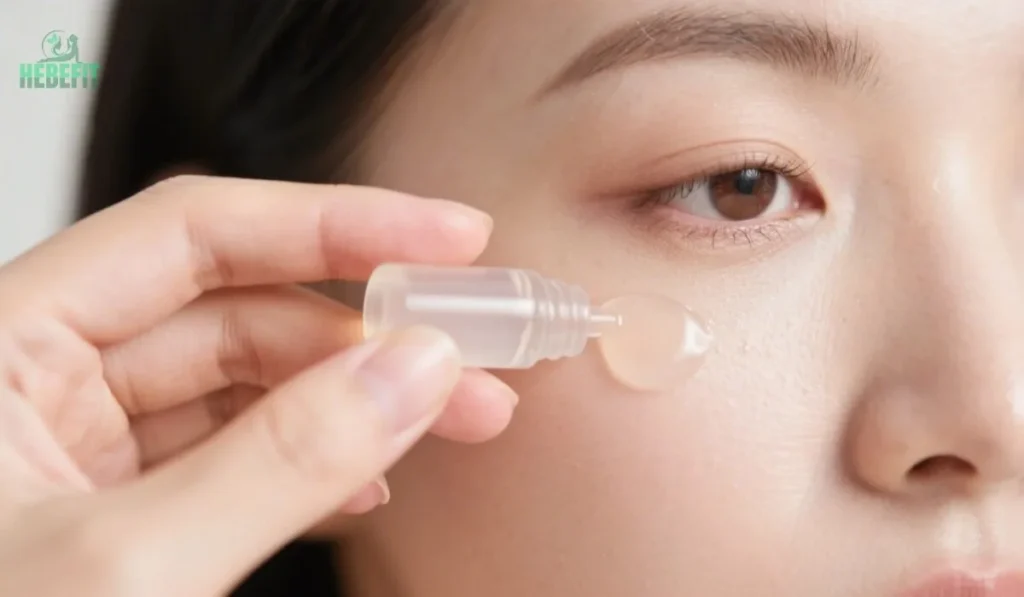
What are the Benefits of a Step-by-Step Skin Care Routine for Oily Skin?
Committing to a consistent step by step skin care routine for oily skin offers numerous advantages that go beyond just a less shiny face:
- Reduced Breakouts and Acne: By keeping pores clear of excess oil, dead skin cells, and bacteria, you significantly lower the chances of developing pimples, blackheads, and cysts. This is often the primary motivator for many.
- Less Visible Pores: While pore size is genetic, clean pores appear smaller. Removing trapped sebum and debris prevents them from stretching and becoming more prominent.
- Balanced Oil Production: Instead of stripping your skin (which can trigger rebound oiliness), a good routine helps to regulate sebum production over time, leading to a more naturally matte complexion.
- Improved Skin Texture: Regular, gentle exfoliation included in the routine smooths rough patches and promotes a softer, more refined skin surface.
- Brighter, More Even Skin Tone: Ingredients like Vitamin C, Niacinamide, and exfoliants can help fade post-acne marks (post-inflammatory hyperpigmentation) and give your skin a radiant glow.
- Enhanced Product Efficacy: Clean, prepped skin absorbs subsequent products like serums and treatments much more effectively.
- Increased Confidence: Clear, healthy skin can have a profound impact on self-esteem. Feeling good about your skin allows you to focus on other aspects of your life with more confidence.
- Long-Term Anti-Aging Benefits: Consistent use of sunscreen (a key part of the routine) is the best anti-aging strategy. Additionally, ingredients like retinoids can boost collagen production.
If you’re interested in specific ingredients that supercharge these benefits, our post on “Top 5 Ingredients Your Oily Skin Will Love” might be a great next read!
Do’s and Don’ts for Managing Oily Skin
| Do’s | Don’ts |
| Do cleanse twice daily (morning and night). | Don’t over-wash or use harsh, stripping cleansers. |
| Do use lightweight, oil-free, non-comedogenic products. | Don’t skip moisturizer, even if your skin feels oily. |
| Do apply sunscreen (SPF 30+) every morning, rain or shine. | Don’t pick or squeeze pimples (can lead to scarring and infection). |
| Do incorporate gentle exfoliation 1-2 times a week. | Don’t use heavy, occlusive creams or oil-based makeup. |
| Do look for ingredients like salicylic acid, niacinamide, retinoids. | Don’t sleep in your makeup. |
| Do change your pillowcases regularly. | Don’t expect overnight results; consistency is key. |
| Do stay hydrated by drinking plenty of water. | Don’t touch your face unnecessarily throughout the day. |

Choosing the Right Products for Your Oily Skin Routine
Navigating the skincare aisle can be daunting. Here’s what to look for in key product categories:
Cleansers
- Look for: Gel cleansers, foaming cleansers, clay cleansers.
- Key Ingredients: Salicylic acid (BHA), benzoyl peroxide (for acne), tea tree oil, green tea extract, zinc PCA.
- Avoid: Creamy or oil-heavy cleansers, harsh sulfates (SLS/SLES) that can be too drying.
Toners
- Look for: Alcohol-free formulas.
- Key Ingredients: Witch hazel (use with caution, can be drying for some), salicylic acid, glycolic acid (AHA), lactic acid (AHA), aloe vera, green tea.
- Avoid: Toners with high concentrations of alcohol.
Serums
- Look for: Lightweight, water-based formulas.
- Key Ingredients: Niacinamide (vitamin B3), salicylic acid, hyaluronic acid (for hydration without oil), vitamin C (L-ascorbic acid or derivatives), retinoids (retinol, retinaldehyde).
- Avoid: Heavy, oil-based serums unless specifically formulated for oily/acne-prone skin.
Moisturizers
- Look for: Gel, gel-cream, or lightweight lotion textures. “Oil-free” and “non-comedogenic” labels are your friends.
- Key Ingredients: Hyaluronic acid, glycerin, ceramides (to support skin barrier), niacinamide, dimethicone (creates a smooth, matte finish).
- Avoid: Heavy creams, petrolatum, mineral oil (for some, though highly refined mineral oil is often non-comedogenic).
Sunscreens
- Look for: “Oil-free,” “non-comedogenic,” “matte finish,” “for oily/acne-prone skin.” Gel or fluid textures are often preferred.
- Key Ingredients: Zinc oxide and titanium dioxide (mineral/physical sunscreens, often gentler), or chemical filters in lightweight formulations.
- Avoid: Thick, greasy sunscreen lotions that can clog pores.
Exfoliants & Masks
- Exfoliants: Chemical exfoliants (AHAs like glycolic/lactic acid for surface, BHAs like salicylic acid for pores) are generally preferred over harsh physical scrubs.
- Masks: Clay masks (bentonite, kaolin) are excellent for absorbing oil. Charcoal masks can also help.
Top 7 Ingredients to Look for in Oily Skincare Products
| Ingredient | Primary Benefit(s) for Oily Skin | Found In |
| Salicylic Acid (BHA) | Deep cleans pores, reduces oil, anti-inflammatory | Cleansers, Toners, Serums |
| Niacinamide (B3) | Controls oil, minimizes pores, calms redness | Serums, Moisturizers |
| Retinoids | Increases cell turnover, unclogs pores, anti-aging | Serums, Treatments |
| Hyaluronic Acid | Provides oil-free hydration | Serums, Moisturizers |
| Clay (Bentonite/Kaolin) | Absorbs excess oil and impurities | Masks |
| Green Tea Extract | Antioxidant, anti-inflammatory, mildly astringent | Toners, Serums, Moisturizers |
| Zinc PCA | Helps regulate sebum production, antimicrobial | Cleansers, Moisturizers |
Final Thoughts
Embarking on a step by step skin care routine for oily skin is an investment in your skin’s health and your confidence. Remember that consistency is more important than perfection. It might take a few weeks, or even a couple of months, to see significant changes, so be patient with yourself and the process. Pay attention to how your skin reacts to new products and adjust as needed. Don’t be afraid to experiment (cautiously!) to find what truly works best for you. Your skin is unique, and this guide provides a solid foundation to build upon.
If you’re curious about how diet can impact your oily skin, check out our upcoming post, “Fueling Your Glow: Foods for Healthier Skin”! We believe a holistic approach, covering routines, ingredients, and lifestyle, is key to achieving your best skin.
FAQs (Frequently Asked Questions)
Here are answers to some common questions about caring for oily skin:
How often should I wash my face if I have oily skin?
It’s generally recommended to wash your face twice a day – once in the morning and once in the evening. Over-washing can strip your skin of its natural oils, potentially causing it to produce even more oil to compensate.
Can oily skin also be dehydrated?
Yes, absolutely! Oily skin refers to the amount of sebum (oil) your skin produces, while dehydration refers to a lack of water in the skin. You can have oily skin that is also dehydrated. This is why lightweight, oil-free hydrators are important.
Is toner really necessary for oily skin?
While not strictly essential for everyone, a well-formulated, alcohol-free toner can be very beneficial for oily skin. It can help remove any lingering impurities, balance pH, provide light hydration, and deliver active ingredients like salicylic acid to help keep pores clear.
How long will it take to see results from a new oily skin routine?
It varies, but you might start noticing some improvements in oil control and skin texture within a few weeks. For issues like acne or significant pore reduction, it can take 6-8 weeks or longer of consistent use. Patience and consistency are key.
What should I do if I’m still getting breakouts despite my routine?
If breakouts persist, consider a few things: ensure your products are non-comedogenic, check if any specific product is irritating your skin, look at lifestyle factors (diet, stress, hormonal changes), or consult a dermatologist. You might need prescription-strength treatments.
Can my diet affect my oily skin?
Yes, for some individuals, diet can play a role. High-glycemic foods (sugary snacks, refined carbs) and sometimes dairy have been linked to increased sebum production and acne in some studies. A balanced diet rich in fruits, vegetables, and whole grains is generally beneficial for skin health.
What’s the best type of sunscreen for oily, acne-prone skin?
Look for sunscreens labeled “oil-free,” “non-comedogenic,” and “matte finish.” Lightweight gel or fluid formulations are often best. Mineral sunscreens containing zinc oxide can also be calming for sensitive, acne-prone skin and help absorb excess oil.
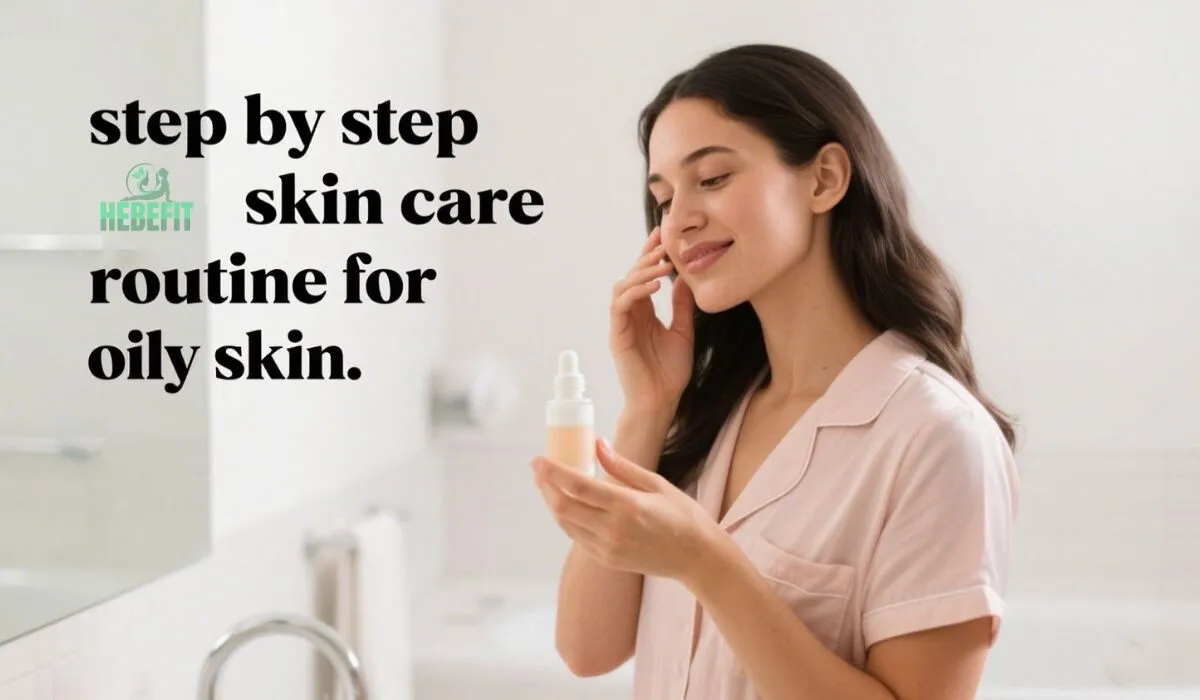
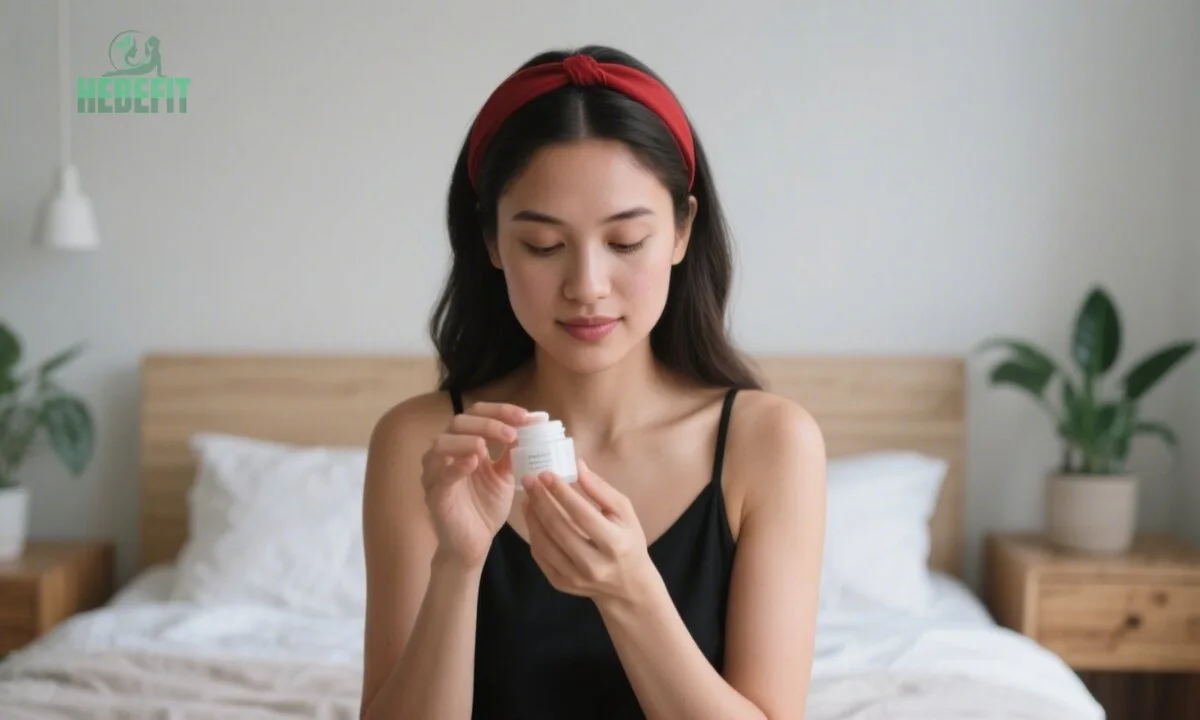
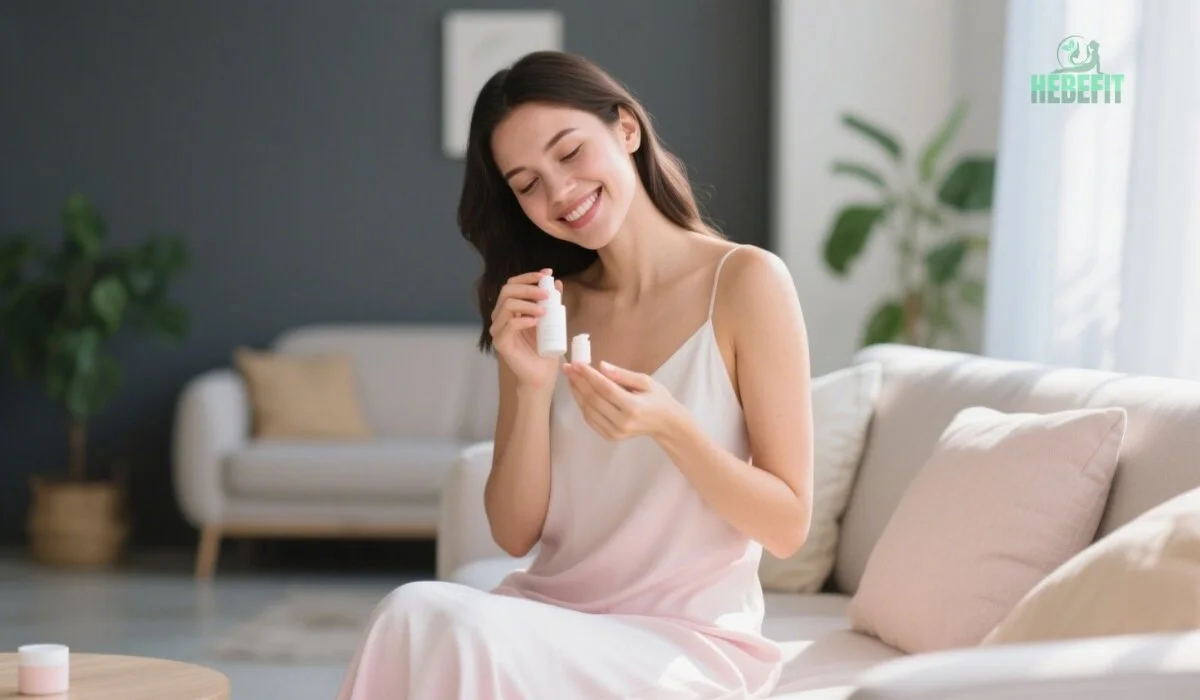
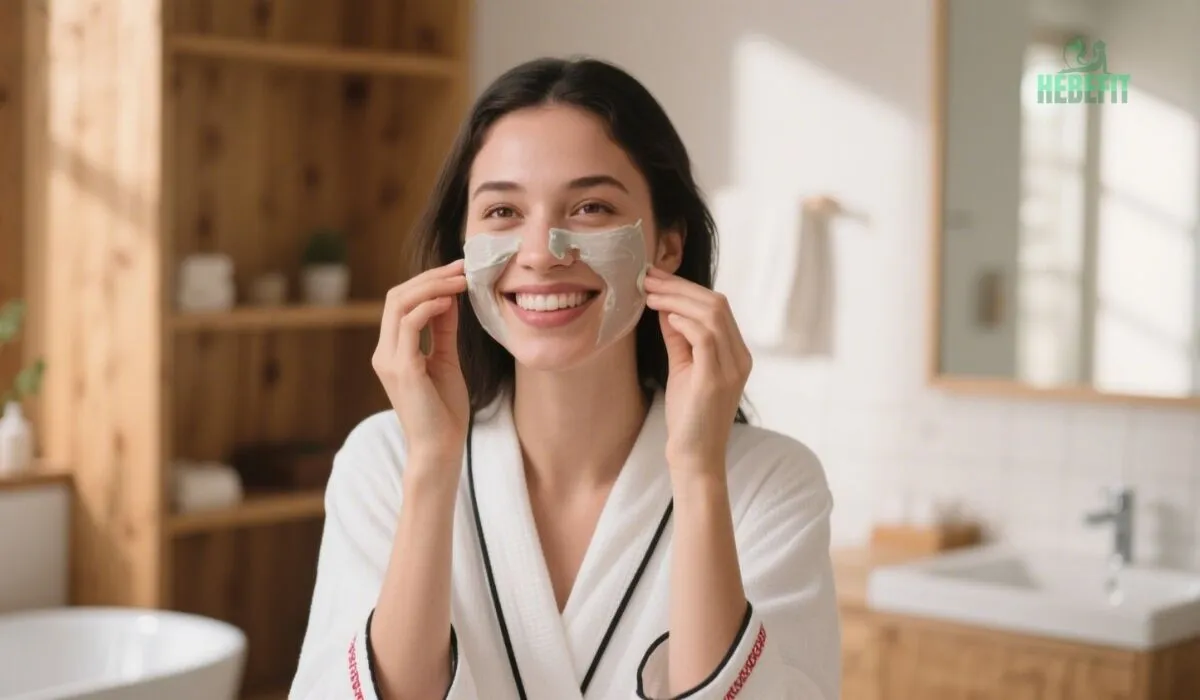

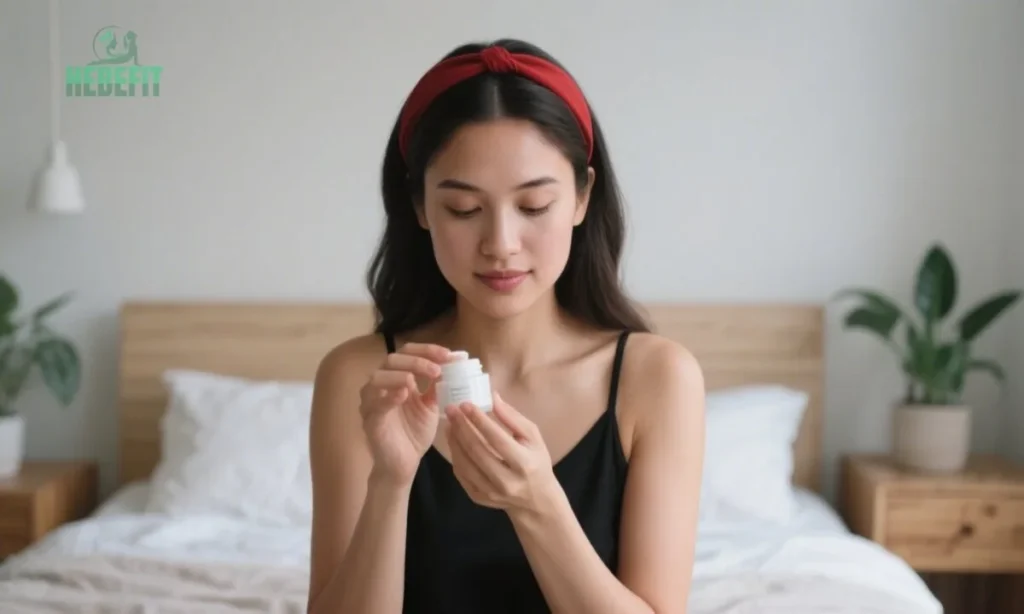
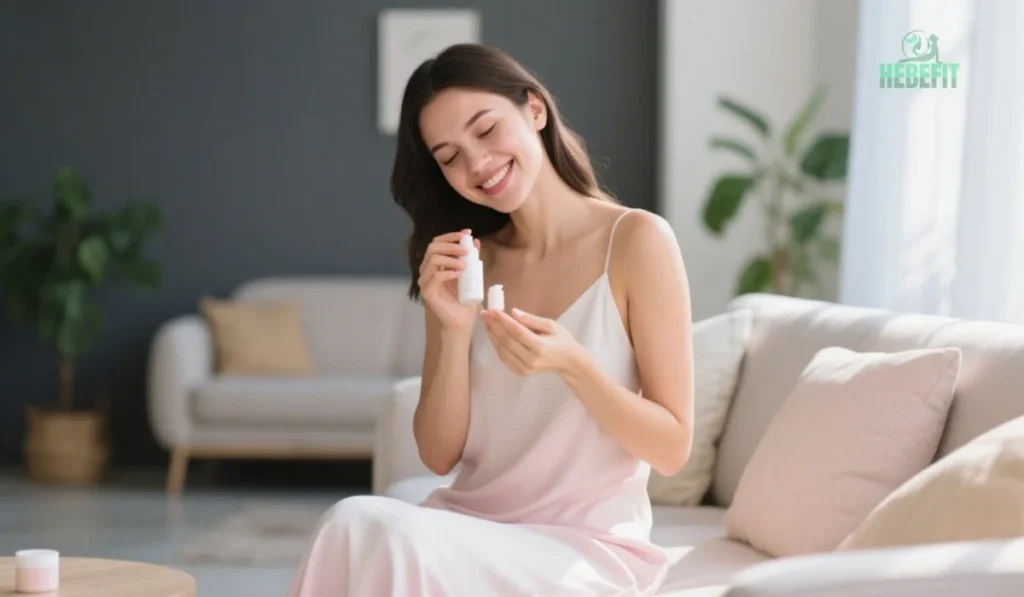
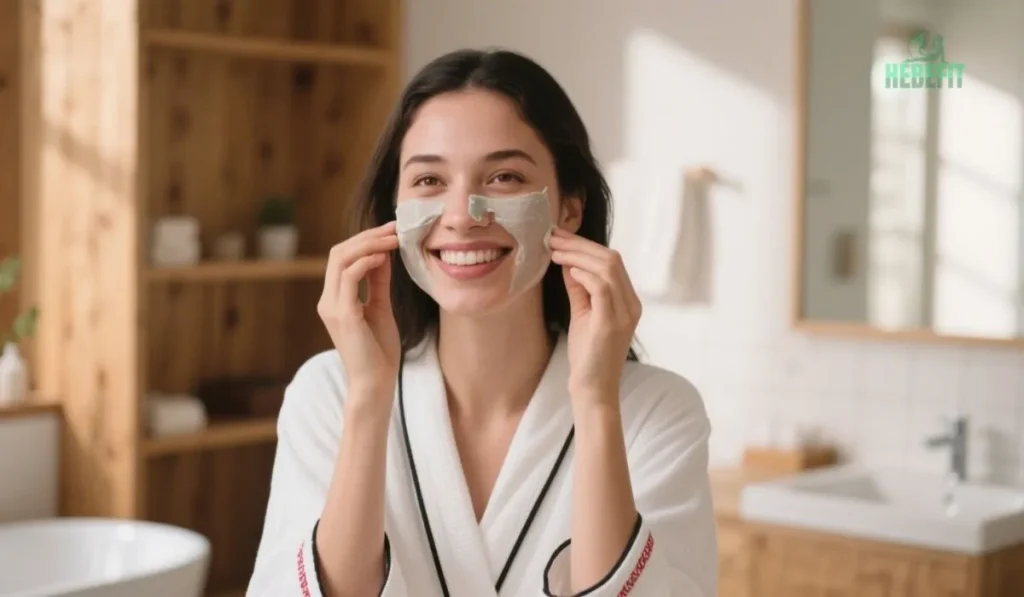



1 thought on “step by step skin care routine for oily skin”